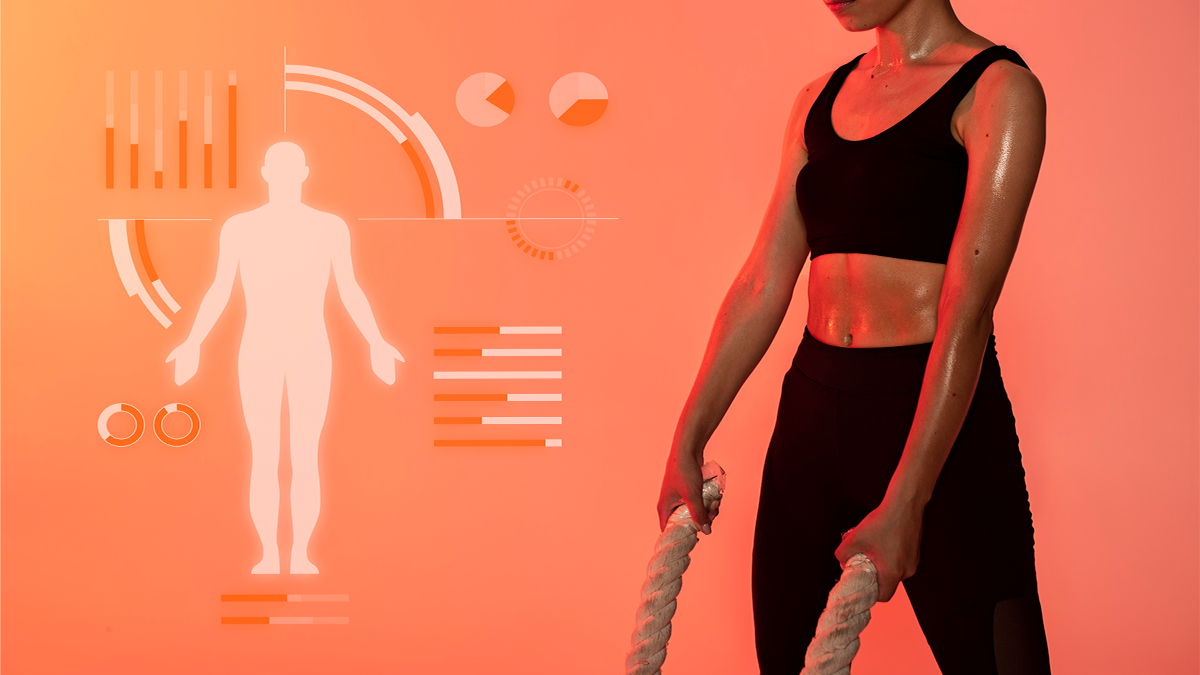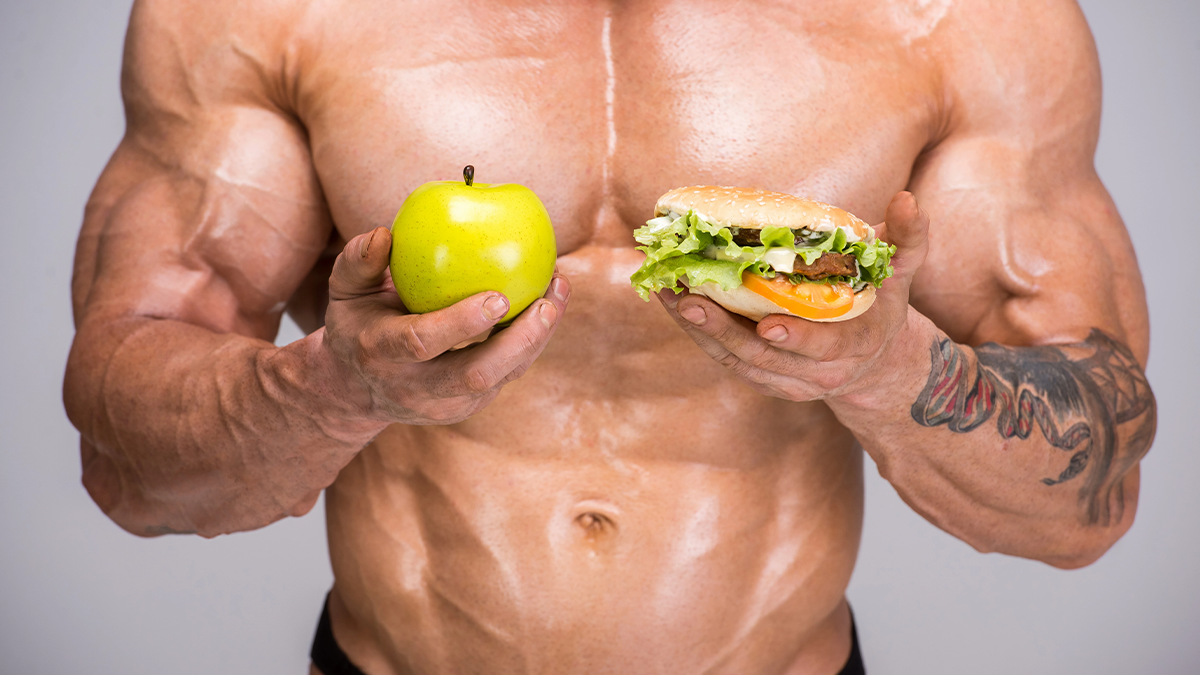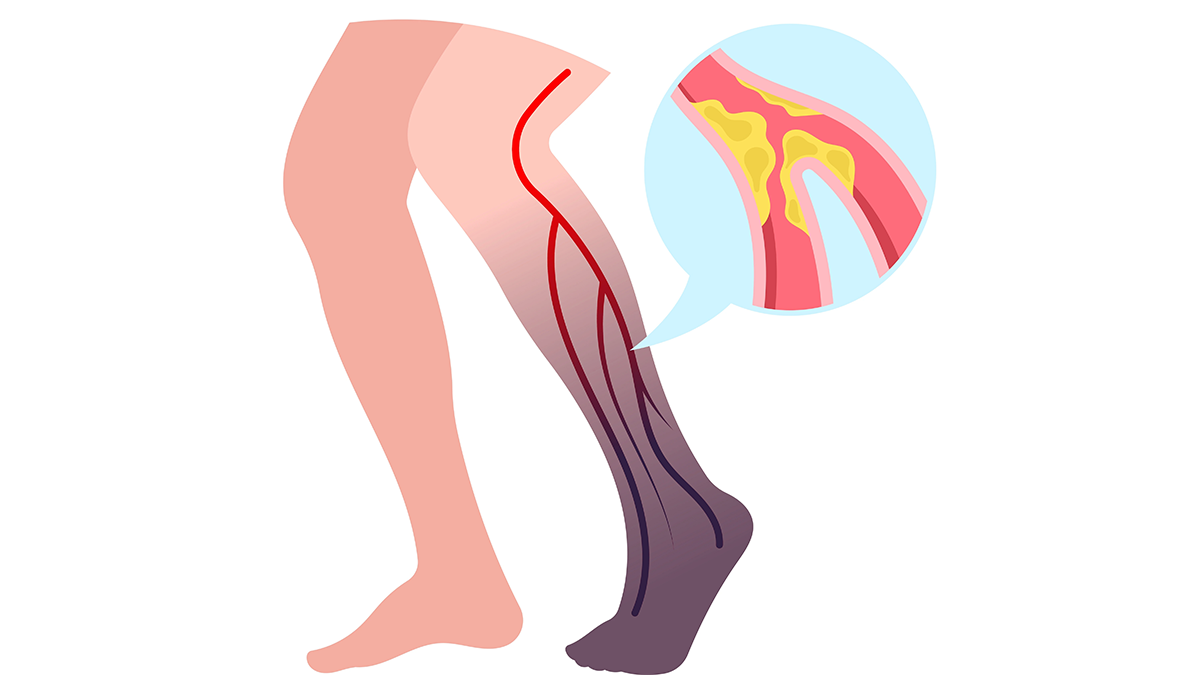Varicose Veins and Bodybuilding: Causes, Prevention, and Treatment

Varicose veins, those bulging, twisted, and often purplish or blue veins that appear close to the skin’s surface, are a common ailment affecting a significant portion of the adult population. While often considered a cosmetic issue, they can also cause discomfort, pain, and in severe cases, lead to more serious complications. Bodybuilders, due to the nature of their intense training and lifestyle, may be at an elevated risk of developing or exacerbating varicose veins. This comprehensive guide delves into the relationship between varicose veins and bodybuilding, exploring the underlying causes, effective prevention strategies, and available treatment options.
Understanding Varicose Veins: A Primer
Before delving into the specifics of bodybuilding, it’s crucial to understand the basic physiology behind varicose veins. Healthy veins possess one-way valves that facilitate the flow of blood back to the heart against the pull of gravity. When these valves become weakened or damaged, blood can pool in the veins, causing them to enlarge, twist, and become visible beneath the skin. This pooling, known as venous insufficiency, is the root cause of varicose veins.
Several factors contribute to the development of varicose veins, including:
- Genetics: A family history of varicose veins significantly increases your risk.
- Age: As we age, the valves in our veins naturally weaken, making them more susceptible to dysfunction.
- Gender: Women are more prone to varicose veins than men, often due to hormonal fluctuations associated with pregnancy and menstruation.
- Obesity: Excess weight puts added pressure on the veins in the legs.
- Prolonged Standing or Sitting: These activities can impede blood flow and contribute to venous insufficiency.
- Pregnancy: The increased blood volume and hormonal changes during pregnancy can strain the veins.

The Bodybuilding Connection: How Training Can Impact Veins
Bodybuilding, with its emphasis on high-intensity weightlifting and muscle hypertrophy, presents a unique set of challenges to the vascular system. Several aspects of bodybuilding training and lifestyle can contribute to the development or worsening of varicose veins:
- Increased Intra-abdominal Pressure: Heavy lifting significantly increases intra-abdominal pressure. This pressure puts strain on the veins in the legs, hindering the efficient return of blood to the heart. Imagine trying to squeeze a tube of toothpaste while blocking its opening; the pressure will build up and cause the tube to bulge. Similarly, repeated increases in intra-abdominal pressure during heavy lifts can weaken the vein walls and valves.
- Elevated Blood Pressure: While moderate exercise generally has a positive effect on blood pressure, the intense nature of bodybuilding training can lead to temporary spikes in blood pressure. These spikes can stress the veins and contribute to valve dysfunction.
- Dietary Considerations: Bodybuilders often consume high-protein diets, which can sometimes be associated with dehydration and constipation. Constipation, in turn, can lead to increased straining during bowel movements, further increasing intra-abdominal pressure.
- Supplement Use: Certain supplements, particularly those containing stimulants, can elevate heart rate and blood pressure, potentially exacerbating pre-existing venous insufficiency.
- Reduced Flexibility and Circulation: Focusing solely on strength training can sometimes lead to neglecting flexibility and cardiovascular exercise. This can result in reduced blood flow and increased stiffness in the leg muscles, which are important for assisting in venous return.
- “Vein Visibility” as a Goal: While not directly causing varicose veins, some bodybuilders actively seek to reduce body fat to enhance vein visibility. This, while aesthetically driven, can sometimes lead to extreme dieting practices that can negatively impact overall health and potentially indirectly contribute to vascular issues.

Prevention Strategies: Proactive Measures for Vascular Health
While genetics play a role, implementing preventive measures can significantly reduce the risk of developing or worsening varicose veins, even for dedicated bodybuilders:
- Proper Lifting Technique: Emphasize correct form and breathing techniques during weightlifting exercises. Avoid holding your breath during heavy lifts, as this dramatically increases intra-abdominal pressure. Practice the Valsalva maneuver cautiously, and only when necessary for maximum stability.
- Gradual Progression: Avoid rapidly increasing the weight you lift. Gradually increasing the load allows your body, including your vascular system, to adapt to the increased demands.
- Cardiovascular Exercise: Incorporate regular cardiovascular exercise, such as running, cycling, or swimming, into your training regimen. Cardiovascular exercise improves circulation and strengthens the cardiovascular system, promoting healthy blood flow.
- Flexibility and Mobility Work: Prioritize stretching and mobility exercises to improve flexibility and range of motion. This can help improve blood flow and reduce stiffness in the leg muscles.
- Compression Socks: Consider wearing compression socks, especially during and after intense training sessions. Compression socks provide external support to the veins, aiding in venous return and reducing swelling. Choose a level of compression that is appropriate for your needs and consult with a healthcare professional if you have any concerns.
- Maintain a Healthy Weight: Strive to maintain a healthy weight to reduce the strain on your veins.
- Stay Hydrated: Drink plenty of water to maintain adequate hydration and prevent constipation.
- Dietary Considerations: Focus on a balanced diet rich in fiber, vitamins, and minerals. Include foods that are known to support vascular health, such as fruits, vegetables, and whole grains. Consider reducing sodium intake to minimize water retention.
- Elevate Your Legs: Elevate your legs above your heart level for 15-30 minutes several times a day. This helps to improve venous return and reduce swelling.
- Avoid Prolonged Standing or Sitting: If your job requires you to stand or sit for long periods, take frequent breaks to walk around and stretch your legs.
- Supplement Awareness: Be mindful of the potential effects of supplements on your cardiovascular system. Consult with a healthcare professional or registered dietitian before taking any new supplements.
Treatment Options: Addressing Existing Varicose Veins
If you already have varicose veins, there are various treatment options available to alleviate symptoms and improve the appearance of your legs. The appropriate treatment option will depend on the severity of your condition and your individual needs.
- Conservative Management: For mild cases, conservative measures such as compression therapy, leg elevation, and lifestyle modifications may be sufficient to manage symptoms.
- Sclerotherapy: This involves injecting a solution directly into the varicose vein, causing it to collapse and fade over time.
- Endovenous Laser Ablation (EVLA): This minimally invasive procedure uses laser energy to heat and close off the affected vein.
- Radiofrequency Ablation (RFA): Similar to EVLA, RFA uses radiofrequency energy to close off the varicose vein.
- Ambulatory Phlebectomy: This involves removing the varicose vein through small incisions in the skin.
- Vein Stripping and Ligation: This is a more invasive surgical procedure that involves removing the entire varicose vein.
- VenaSeal™ Closure System: This procedure uses a medical adhesive to seal the diseased vein.

When to Seek Professional Help:
It is essential to consult with a healthcare professional, such as a vascular surgeon or phlebologist, if you experience any of the following symptoms:
- Pain, aching, or throbbing in your legs
- Swelling in your legs or ankles
- Skin discoloration or ulceration around the ankles
- Heavy or tired feeling in your legs
- Bleeding from varicose veins
A healthcare professional can properly diagnose your condition and recommend the most appropriate treatment plan.
Conclusion:
Varicose veins can be a concern for bodybuilders due to the unique demands of their training and lifestyle. However, by understanding the underlying causes and implementing preventive measures, bodybuilders can significantly reduce their risk of developing or worsening this condition. Proper lifting technique, regular cardiovascular exercise, a healthy diet, and compression therapy are all crucial components of a proactive approach to vascular health. If you already have varicose veins, various treatment options are available to alleviate symptoms and improve your quality of life. Don’t hesitate to seek professional help if you experience any concerning symptoms. By prioritizing vascular health, bodybuilders can continue to pursue their fitness goals while maintaining a healthy and active lifestyle.
